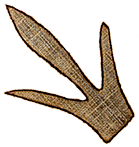 MENU
MENU
 MENU
MENU
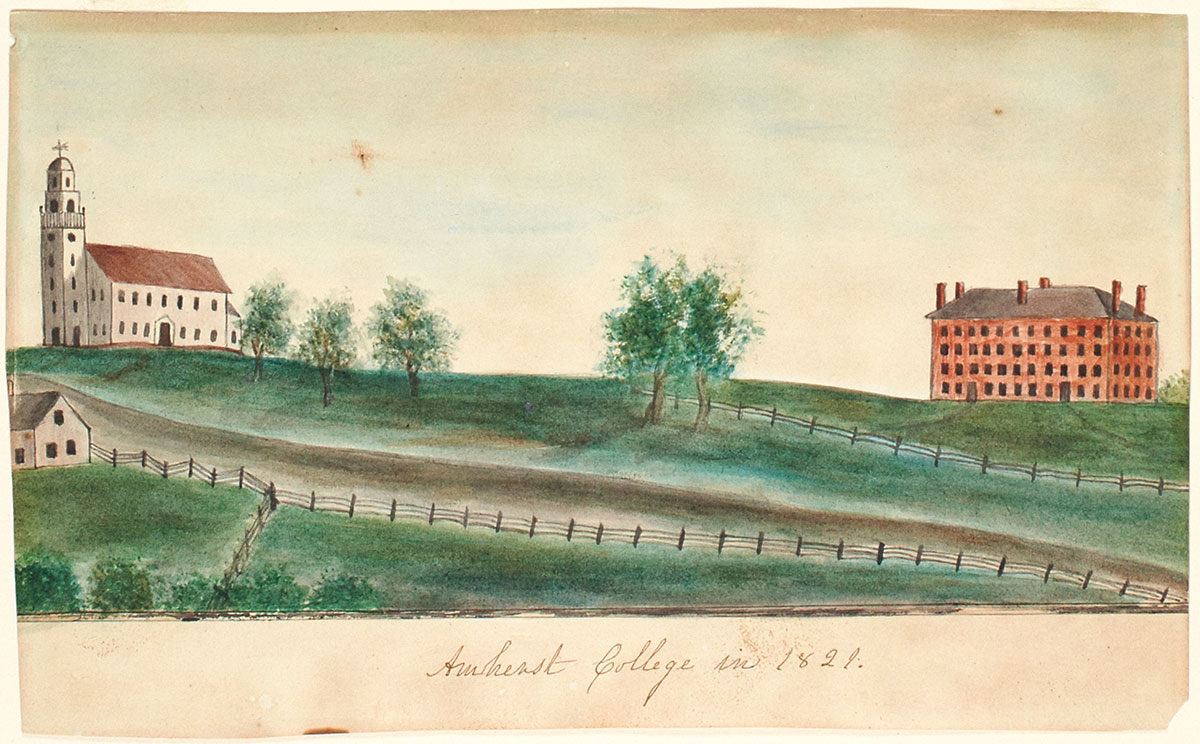
A view of the Amherst College campus, painted by Orra in 1821, when the college was just opening. Four years later, she and Edward moved from Conway to Amherst and dedicated the rest of their lives to this religiously committed educational institution. Image courtesy of Amherst College Archives and Special Collections.
Even though he had been hired as a professor of chemistry, Edward did not have the academic training he needed to teach. A few months at Yale gave him enough to get started, and he returned to Amherst in the winter of 1826 as Professor of Chemistry and Natural Theology. The college, with its faculty of seven professors and one tutor, had just graduated its first class of 25. In coming years, Edward would also teach botany, mineralogy, zoology, astronomy, anatomy and physiology, natural theology, and natural philosophy.
He set up his chemistry classroom in a basement, where there was room for "furnaces, cisterns, gasometers, and apparatus." He later said the damp and fumes were not good for his heart and lungs, but he was willing to suffer in the cause of science. While chemistry was "all science," he taught geological topics in his natural theology classes. Geological science and religion are both concerned with questions of the creation and age of the Earth, so they were intricately connected—inseparable—in Edward's mind.
Academic life was good for Edward, even if his physical complaints never ceased. The Hitchcock home across from the campus was anything but a quiet retreat for a sickly man. The family grew: Mary in 1824, Catharine in 1826, another Edward in 1828, Jane in 1833, Charles in 1836, and Emily in 1838. College tutors and others boarded with the family, including their old friend Mary Lyon in the winter of 1834-35. Students and faculty came every other Monday evening for prayer meetings. Friends and family dropped by. College dignitaries were entertained. In 1838, Edward finally had a small octagonal building constructed thirty feet from the house so he could work in peace.
Faculty and their families were expected to help with the yearly cycle of events, such as graduations and religious revivals, and Orra never shirked. She and other faculty wives knitted, mended, and sewed to keep the students' clothing in good repair. Many students came from relatively poor families and were accustomed to physical labor, too. They were responsible for their own rooms and firewood and pitched in during the annual clean-up of campus grounds.
Orra had little time for her own art as she was creating illustrations for Edward. When Edward’s scientific interests moved from botany to geology, so did hers. She did not find the abstract geological illustrations artistically gratifying; to her, their value was purely functional. As far as is known, she did not have a studio to work in. Over the years, she created geological cross-sections and pictures of fossils and skeletons for publication, eventually amounting to 232 plates and 1,135 wood cuts and an additional 60 or more larger-scale versions on linen for Edward's use in the classroom and on the lecture circuit. Orra's translation of geological concepts into visual form may have been a surprise to Amherst students and lyceum audiences, who likely had never seen a geological illustration nor imagined planet Earth as a geological object.
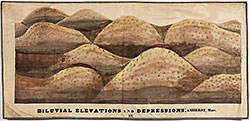 Orra White Hitchcock’s Classroom Art
Orra White Hitchcock’s Classroom Art
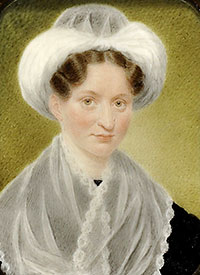 Mary Lyon
Mary Lyon
 Geological Cross-Section Illustration, Orra White Hitchcock
Geological Cross-Section Illustration, Orra White Hitchcock
 View of Amherst College, Orra Hitchcock
View of Amherst College, Orra Hitchcock
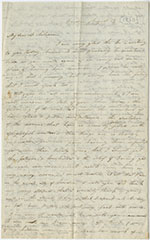 Orra White Hitchcock's Letter to the Children, August 12, 1850
Orra White Hitchcock's Letter to the Children, August 12, 1850
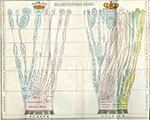 Edward Hitchcock's Paleontological Chart Drawn by Orra White Hitchcock
Edward Hitchcock's Paleontological Chart Drawn by Orra White Hitchcock
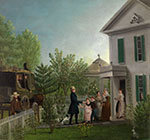 Professor Edward Hitchcock Returning from a Journey, Robert Peckham
Professor Edward Hitchcock Returning from a Journey, Robert Peckham
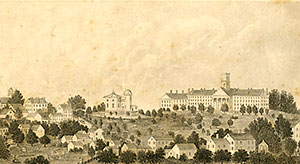 Amherst College
Amherst College
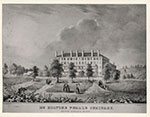 Mount Holyoke Female Seminary
Mount Holyoke Female Seminary
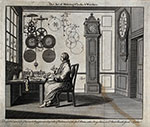 Natural Theology
Natural Theology